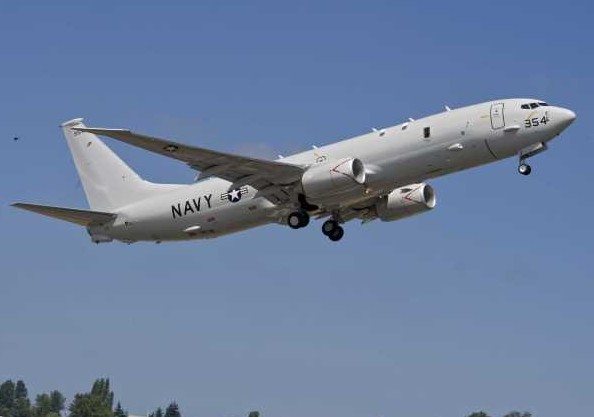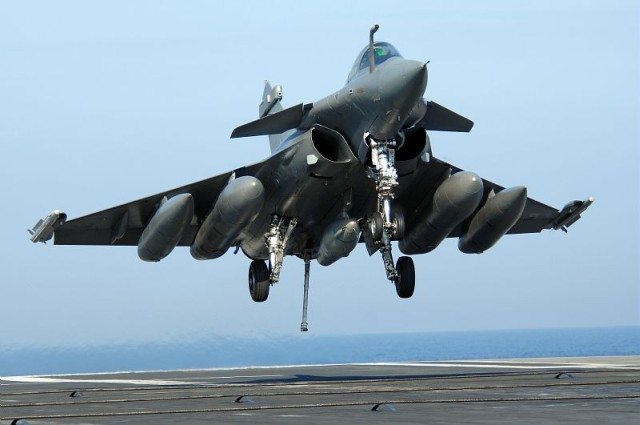Boeing today announced that it completed full scale static testing of the P-8A Poseidon’s airframe on Jan. 7. The series of tests, which began in May 2009, confirmed the airframe’s structural integrity.
“The structure performed as we expected throughout testing, allowing us to efficiently expand the P-8A’s flight-test envelope,” said Chuck Dabundo, Boeing vice president and P-8 program manager. “Our static test plan was successful thanks to the combined efforts of Boeing’s design, analysis, and test teams and our U.S. Navy customer.”
S1 — the program’s full-scale static ground-test vehicle — underwent 154 different tests in which it sustained loads equal to or greater than those expected to occur during operational flights, with no failure of the primary structure. During 74 of the tests, the airframe was subjected to 150 percent of the highest expected flight loads. More than 4,000 installed strain gages and calibrated parts captured data for analysis.
In September, the Boeing P-8A team will begin refurbishing S1 to prepare it for live-fire testing at Naval Air Warfare Center, China Lake, Calif. Boeing will begin fatigue tests on its second ground-test vehicle, S2, later this year.
The Navy plans to purchase 117 of the P-8A anti-submarine warfare, anti-surface warfare, intelligence, surveillance and reconnaissance aircraft to replace its P-3 fleet. Initial operational capability is planned for 2013.
A derivative of the Boeing Next-Generation 737-800, the P-8A Poseidon is built by a Boeing-led industry team that includes CFM International, Northrop Grumman, Raytheon, Spirit AeroSystems, BAE Systems and GE Aviation.
A unit of The Boeing Company, Boeing Defense, Space & Security is one of the world’s largest defense, space and security businesses specializing in innovative and capabilities-driven customer solutions, and the world’s largest and most versatile manufacturer of military aircraft. Headquartered in St. Louis, Boeing Defense, Space & Security is a $34 billion business with 68,000 employees worldwide.










